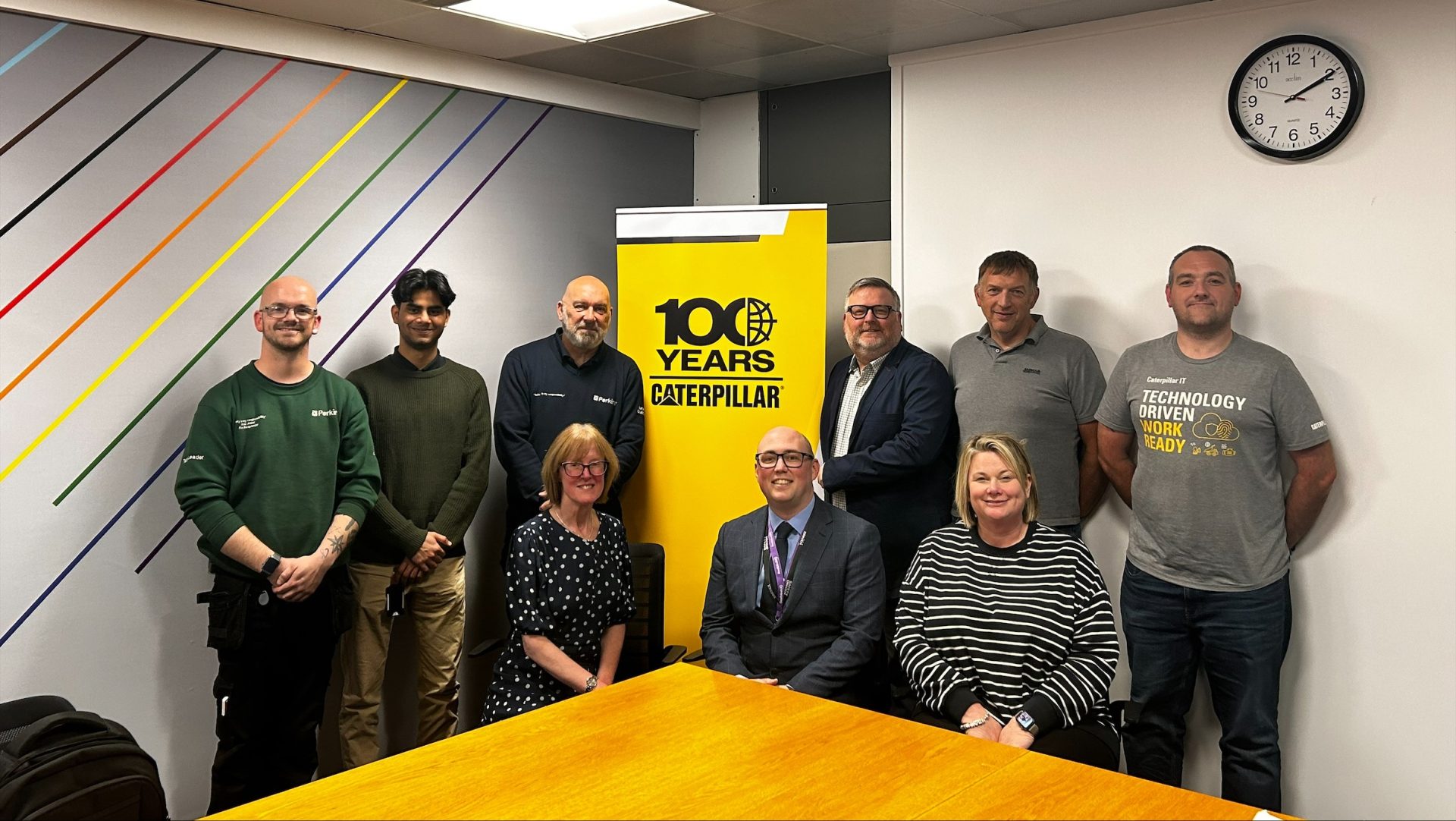Having reduced sight and hearing doesn’t mean you’re banned from cooking up a storm in the kitchen. Here are our top tips for foodies:
Lighting
Before you reach for the pans, think about the lighting in your kitchen. Is there enough of it? Too much? Is it useful? Task lighting such as spotlights or under-unit lights could illuminate key work areas but make sure you avoid shiny, reflective work surfaces and flooring to reduce unwanted glare.
Keep everything in its place
It might sound obvious but it works! If you know that baked beans are kept on the top shelf and custard on the middle shelf then you can avoid any nasty surprises at dinner time.
Talking gadgets
From microwaves and scales to measuring jugs and tin lids, kit out your kitchen with talking technology. Our favourite is the Drop Scale from Lakeland.
Tactile markers
Use bump-ons, tacti-marks or even rubber bands to help you identify food packets, microwave buttons and oven temperatures. Why not pick up some magnetic letters from a toy shop and stick them to the top of your tins to help identify them?
Liquid control
Fancy a cuppa? Try a one-cup kettle to negate any risk of spilling boiling water. You could also invest in a tactile measuring jug or a liquid level indicator to help you gauge the right amount of liquid.
Turn down the heat
If you’re worried about burning yourself on the oven or grill, try a slow cooker or even use a convection microwave to do the cooking for you!
Be prepared
Make life easier for yourself and, if you can, buy pre-prepared food; pre-chopped vegetables and pre-sliced bread means you don’t need to work on your knife skills.
Food that comes packaged in individual portions can be really handy too, meaning you don’t need to worry about quantity control.
Do you have any other kitchen hacks? We’d love to hear them – drop us a line or comment below!




